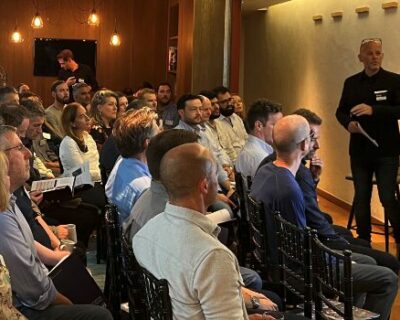I recently finished fellow Uber-turned-VC Andrew Chen of A16z’s first book, The Cold Start Problem. After following Andrew’s essay blog for years, when he announced that he was writing a book on network effects, I knew it was a must-read.
At Uber, Andrew was the Head of Driver Operations, the same team that I was on, albeit I was a few thousand miles away in Shanghai at the time. The Driver Ops team at Uber exemplified our traditional understanding of network effects: Uber as a platform became more valuable the more driver we had, as it offered a better experience to riders hence became more attractive. However, as part of the Driver Ops team, one of the first challenges we had to solve in the beginning was: if there are no riders, drivers won’t join, and vice versa. A literal chicken and egg problem.
Andrew’s book discusses this common challenge and outlines detailed solutions in the form of case studies. Here are my thoughts:
Academic insight
In contrast to many “business” books out there, Andrew’s book had a unique blend of academic theory and real-life practical examples. Taking the study of mathematics of animal populations, most notably meerkats, to understand the life cycles of networks, Andrew describes how the value of a network plateaus.
Similar to meerkat populations when they grow too populous and deplete their surrounding environment, in Uber’s case, there is a diminishing return to having higher density of drivers, as it doesn’t make any material difference whether a rider finds a car in 2 or 4 minutes, but the resources it takes to reduce the wait time from 4 to 2 minutes is exponentially greater.
At Uber, the driver ops team was trained to optimise rider wait times for 5 minutes, as this was the optimal time to ensure riders were still getting a good experience. Similar examples can be found throughout the tech world: Back in 2019, Amazon revealed that they had invested $1.5bn in a single quarter to reduce the 2-day Prime Delivery benefit to 1-day. A staggering amount in my opinion to be receiving often non-essentials a day earlier.
The Atomic Network
Andrew offers a unique perspective on what most network effects actually are: essentially multiple networks of smaller networks. By breaking down this perceived cold start problem into smaller pieces, the challenge becomes easier to handle. As the size of an initial network required for the product/service to be useful helps determine a launch strategy. This initial network is aptly termed The Atomic Network – the smallest, stable network from which all other networks can be built.
Initially, it took me a while to wrap my head around this. In business school, we were all taught that network effects occur exclusively in massive organisations where you require multiple participants. Yet Andrew’s theory is that networks can occur even if it’s just two people. Taking Zoom for example, they started off by focusing on the video conferencing experience of two participants. Only after they perfected this did they start expanding to optimise for more and more participants on a single call.
Similar examples can be found even in B2B SaaS companies, where network effects are not typically associated with. Take Frog portfolio company Caspar Health for example, whenever Caspar is first implemented in a hospital, they first had to ensure a single physician and a single patient’s experience was optimised before onboarding the remaining patients. By perfecting a singular use-case, businesses are then able to repeat the process, iterate, and expand the network to include more participants.
Hard yards
A common challenge within the cold start problem is often how to acquire and retain the hard side of networks. This hard side of networks is more nuanced than simple supply or demand, but rather the side of the network that is either less incentivised to participate or the side that has more options.
In the case of Uber, this flip-flopped between the riders and drivers depending on the market. In markets like China where demand for ride sharing is high and risk for drivers were extremely high initially, drivers were by far the harder side of the network.
However, identifying the hard side is only the first step, in order to truly scale the network, companies need to understand the inherent motivations for the hard side to participate. For some businesses, this is more difficult than others. My favourite example was that of Steven Pruitt, one of the most prolific editors on Wikipedia. Whilst Steven may just have a normal job during the day, by night he is one of the most important contributors to one of the largest websites in the world. Crucially, he does all of this without any form of financial compensation.
*
Overall, The Cold Start Problem was by far my favourite book of 2022, offering unique insights into the early stages of household companies such as Slack, Zoom, Tinder and a behind-the-curtains look into how those companies overcame the challenges faced by thousands of companies today.







